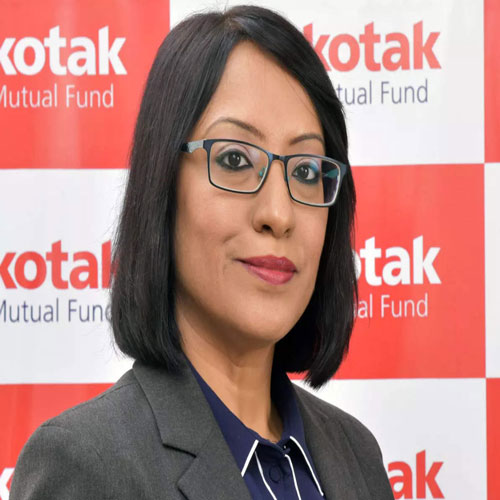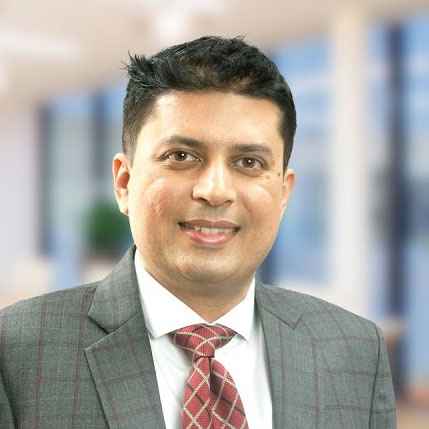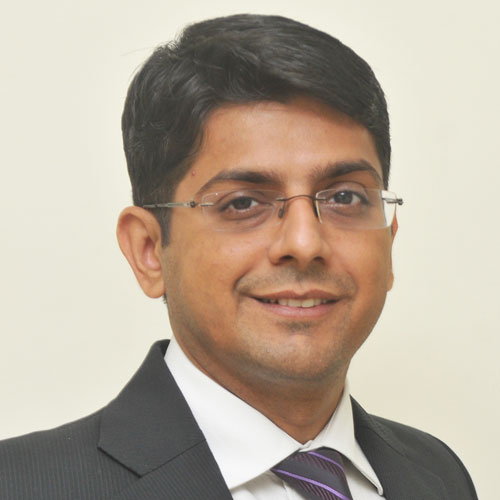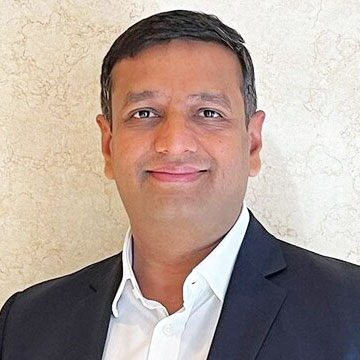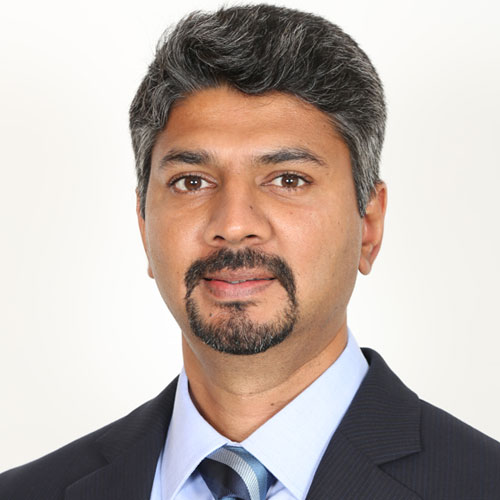Ms. Shibani Sircar Kurian
Fund Manager - Kotak Mutual Fund
Ms. Shibani Sircar Kurian has a PGDM (Specialization in Finance), BSc (Hons)- Economics. Ms. Shibani Sircar Kurian has a total experience of 20 years in the Indian equity markets of which almost more than 12 years have been with Kotak Mahindra Asset Management Company Limited. Her primary responsibilities include equity fund management and heading the equity research team. Prior to joining Kotak Mahindra Asset Management Company Limited, she worked for almost 6 years with UTI Asset Management Company Limited. and for 1 and half years with Dawnay Day AV Financial Services. She holds a PGDM (with a specialization in Finance) from T.A. Pai Management Institute, Manipal and a BSc (Hons) in Economics from St. Xavier’s College, Kolkata.
1. Mid- and small-cap stocks have suffered the most from volatility across various market categories, whilst large-cap equities have stayed largely stable? What is your view on these segments? Do you foresee any further volatility?
Ans: We continue with our relative preference for large caps over mid and small caps in the near term. At the current juncture, we see better risk-reward in large caps. From their peaks, till 27th Oct, Nifty is down 5.7%, NSE Midcap is down 6.6% and NSE Small cap is down 3.2% whereas from the lows to their peaks the indices were up 19%, 41% and 50% respectively. Midcap and small cap indices are trading at multiples (on a one year forward P/E basis) which are higher than long term average while the Nifty is trading at multiples which are at long term averages. Further, market cap contributions of mid and small cap companies have continued to expand from their CY20 lows and now are close to their Dec 2017 highs while large caps are near their lows. With this backdrop, we believe that the recent pullback in midcap and small caps has not been meaningful. Hence, while we are positive on midcap and small caps in the mid to long term, near term volatility is a possibility that can’t be ruled out.
2. what role does forensic accounting have? What impact does it have in the stock selection process?
Ans: Forensic accounting analysis is an attempt at identifying manipulated statements or imprudent capital allocation measures as well as corporate governance practises of the management of the company. This identification exercise is important to assess the fair value of a company by analysing beyond the headline reported numbers which may form basis of the valuation framework. It helps in identifying accounting red flag which may impact the sustainability of the business. Hence, undertaking the forensic analysis on the companies on a regular basis should be an integral part of the stock evaluation process.
3. As a fund house how do you handle market volatility and economic uncertainties? Do you adhere to any particular strategies?
Ans: As a fund house, our philosophy of portfolio construction has been bottom up stock picking but with a top down thematic overall. We are growth biased but seek to identify high growth, high quality companies trading at reasonable valuations. During periods of uncertainty, we continue to adhere to our process and philosophy focusing on identifying companies using our BMV (Business – Management- Valuation) framework. Quality anchoring at this stage is extremely important. Broken balance sheets and broken businesses should be avoided, leverage should be avoided at any cost. Also, stock selection should be very selective where there is earnings visibility and predictability.
4. While analysing a stock what is the investment horizon that you consider and why? What minimal upside potential should a stock have in order to be included in your portfolio?
Ans: We have investment horizon of minimum 1 year and earnings forecast for at least 2 years when we have analyse stocks while also taking into consideration the long term growth potential beyond this timeframe. This allows fair timeframe for an investment thesis like earnings compounding or value unlocking to play out. In our opinion, earnings forecasts beyond 2 years will be less reliable even though we may have a subjective opinion on the business outlook beyond 1-2 years. We try and use DCF valuations wherever possible, where we do implicit forecasting beyond 2 years. Considering that markets will discount forward earnings, we believe 1 year timeframe will be optimal. On rolling basis, we keep monitoring the stock fundamentals and we review our investment case on ongoing basis and reviewed at least once in a quarter.
5. What are the upcoming sectors you are betting on and why? How big the Amrit kaal is going to be for these sectors?
Ans: We have been positive on many domestic-oriented businesses. Clearly, domestic growth remains more resilient than global growth and earnings visibility in such sectors appears much better.
Some of the sectors and themes we have been positive on include the following:
-
Infrastructure (including defence), manufacturing and capital goods. Capital goods as a sector which could be beneficiary of global manufacturing outsourcing to India and Aatmanirbhar India. We see this as a multiyear growth story.
-
Auto OEMs are play on aspirational India and rise in per capital income enabling higher per capita consumption.
-
Home building and building materials (including cement) sector to benefit from the growing need for housing and better quality of living.
-
Private banking and financial services to be beneficiaries of financialisation of savings
6. what advice would you provide to a young, inexperienced investor? What kind of asset allocation should they have & exposures by categories?
Ans: My mantra to the young investor would be four fold:
a) start investing early – time in the market is better than timing the market. SIP into mutual funds is a great way to start the investment journey
b) be disciplined and systematic in your approach especially in times of market volatility.
c) do your research well – there is no substitute for research in investing
d) If in doubt of the appropriate asset allocation, chose a multi asset allocation strategy which leaves the asset allocation decision to the professional fund manager

